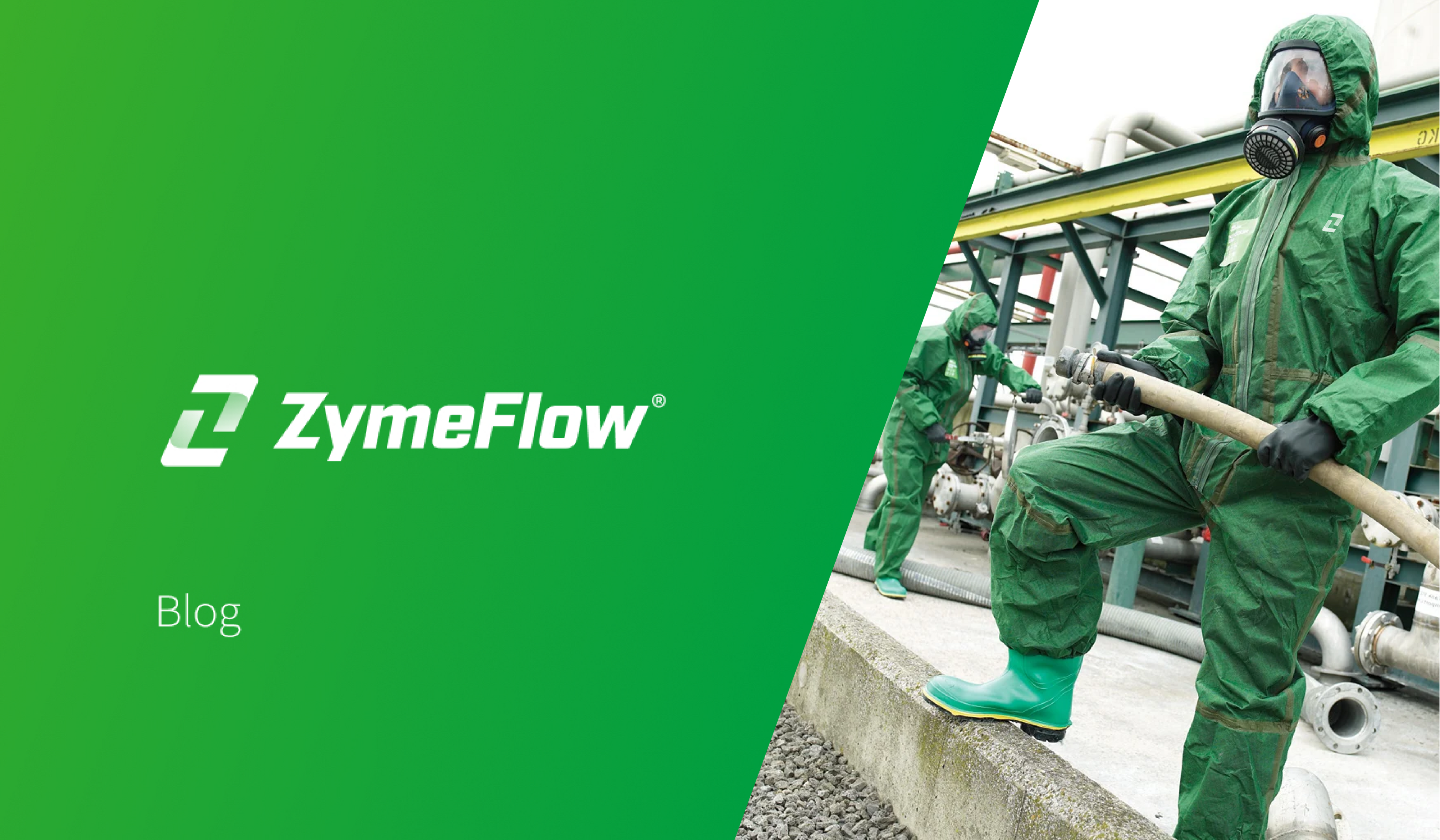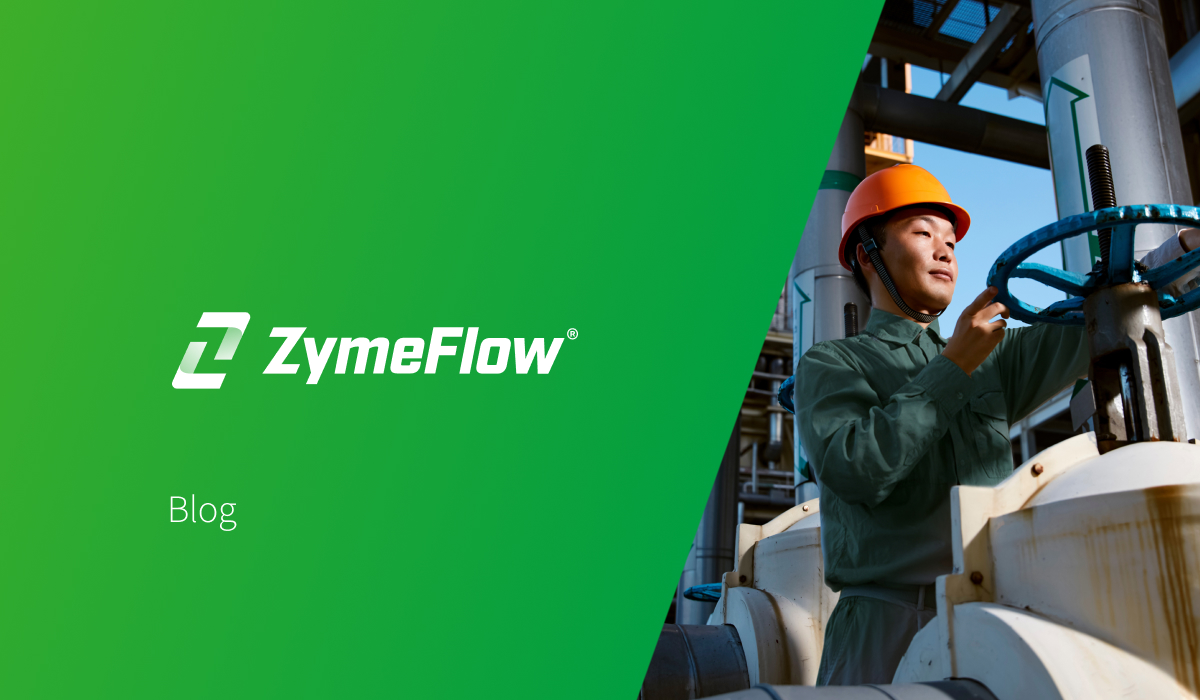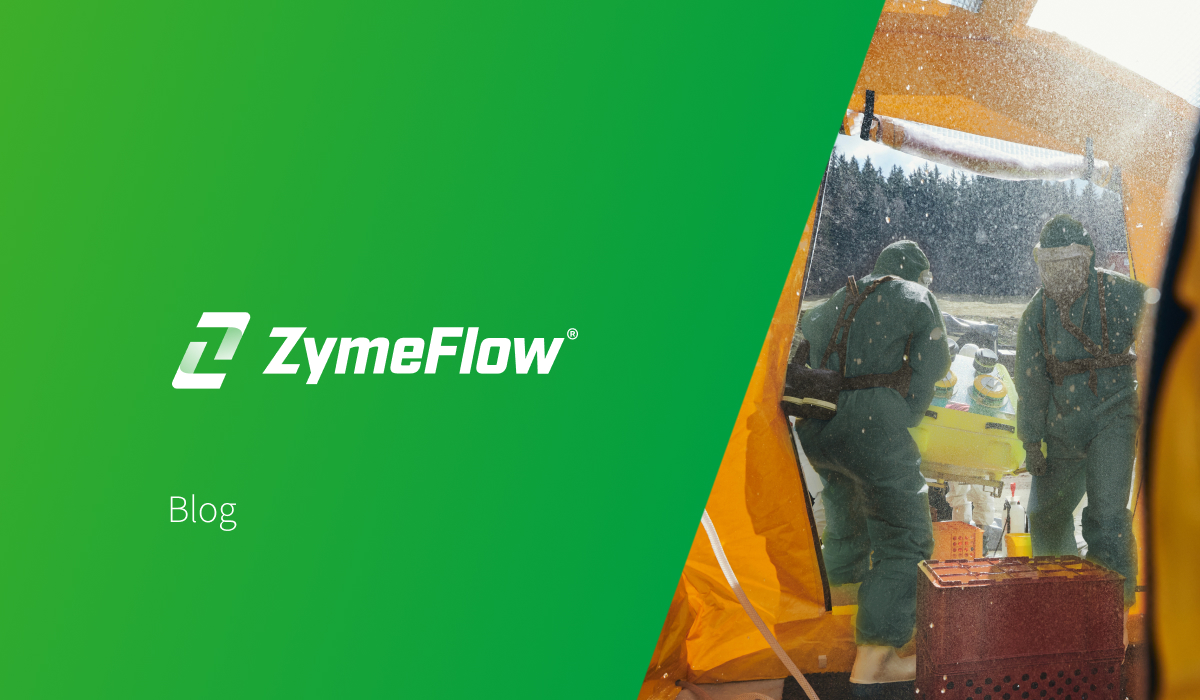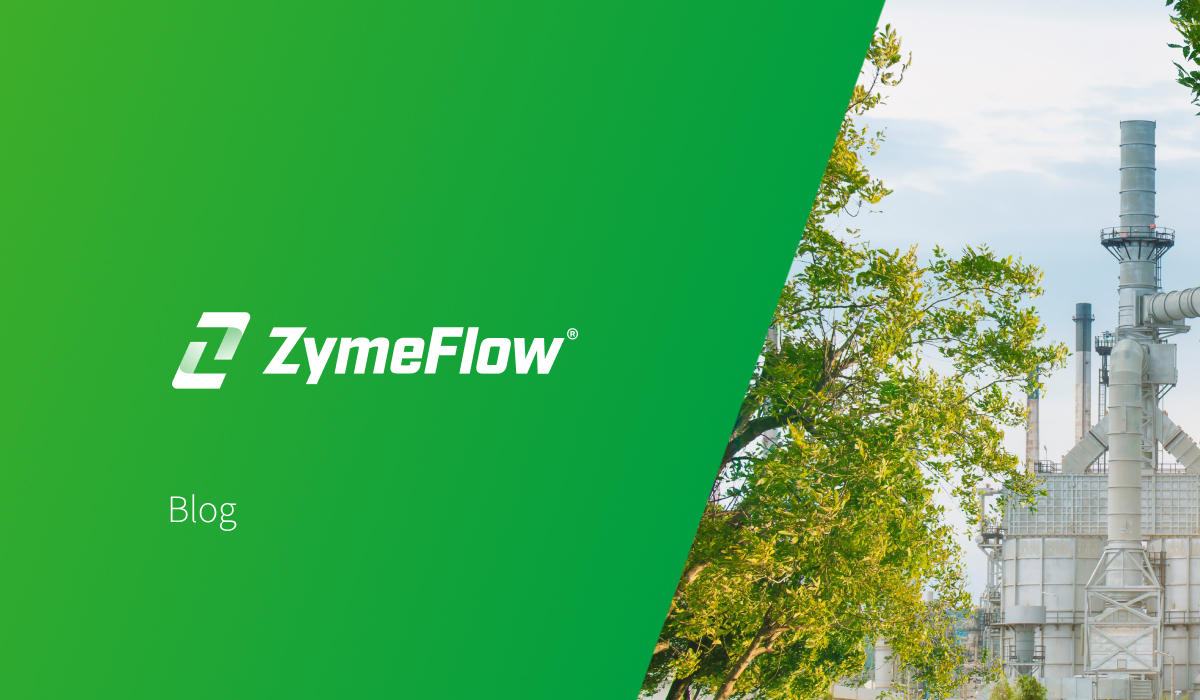Reactor cleaning is crucial for safe and efficient plant operations in the petrochemical and refining industries. Over time, contaminants like coke fines, heavy metals, and sulfur compounds can cause catalyst fouling and loss of catalyst activity.
The loss of activity can cause an unplanned outage for the unit to come offline for catalyst removal. This guide explores best practices for effective reactor decontamination, helping you optimize the maintenance timeline, ensuring safe and predictable catalyst offloading.
When to Perform Fixed Bed Reactor Decontamination
The ideal timing depends on operational factors and specific circumstances. Most commonly, the cleaning process occurs during planned maintenance or facility-wide turnarounds to optimize plant throughput.
Reactor decontamination is critical before catalyst changeout, as residues hinder catalyst dumping and spikes in LEL. Emergency shutdowns or process upsets may necessitate immediate cleaning to maintain reactor efficiency and product specifications.
Best Practices for Reactor Cleaning
Plan and Prepare in Advance
Effective reactor cleaning starts with detailed planning, including reactor history, unit shutdown timeline, shutdown procedure review, and operational conditions. Developing an engineered plan outlining steps, timelines, and mechanical needs to avoid unexpected delays and enhances timeline efficiency.
Equipment isolation and system purging with nitrogen reduces risk. Setting rigorous safety protocols and conducting pre-job safety meetings for all involved personnel ensures everyone involved is fully briefed on potential hazards and understands their roles and responsibilities clearly.
Establish Effluent Management
Responsible waste management practices are non-negotiables, such as using hoses and header piping to capture all low-point drains. The waste stream is then cooled and routed to the Separator Drum to vent off any non-condensable gases. The liquid waste is then pumped to dedicated slop or frac tanks.
Select Appropriate Cleaning Solutions
Effective decontamination relies on selecting suitable chemical solutions. Customized approaches tailored to reactor-specific needs using specialized chemistries that ensure LEL, benzene, and H2S are removed from the reactor.
Evaluating Safe Reactor Cleaning Methods
With safety protocols in place and proper solutions selected, it's essential to choose the right cleaning method. There are a few techniques available today, and selecting the right one for your facility is critical to the process’ effectiveness.
- Chemical Cleaning:
- Advantages: highly effective in eliminating hazardous residues like pyrophoric materials, heavy hydrocarbons, and waxes.
- Disadvantages: demands careful chemical management and thorough planning to handle waste disposal safely and to prevent potential equipment corrosion.
Why ZymeFlow’s CatZyme™ Process is Industry Leading
Amid these methods, ZymeFlow's advanced CatZyme™ process stands out as an innovative and highly efficient chemical cleaning solution tailored for reactor decontamination, offering important benefits:
- Rapid and Complete Removal of Hazardous Residues: CatZyme™ quickly and thoroughly eliminates LEL, H2S, and Benzene faster than Hot Sweep methods.
- Minimization of Manual Labor and Personnel Exposure: By chemically dissolving contaminants and removing them from the reactor, CatZyme™ allows the catalyst to offload faster and without costly delays from pockets of LEL or H2S.
- Significant Reduction in Turnaround Time: ZymeFlow’s CatZyme™ process shortens the shutdown timeline and ensures no delays in offloading.
Selecting a Specialized Partner for Reactor Decontamination
Reactor cleaning demands expertise and extensive experience. A seasoned partner understands reactor types, contaminants, and local regulations. With over 30 years of experience, ZymeFlow manages complex projects worldwide, delivering safe, efficient solutions. Our tailored reactor chemistries address specific needs based on unit process conditions.
ZymeFlow prioritizes safety and compliance, adhering strictly to OSHA and EPA guidelines. Ensure safe, efficient, and compliant reactor operations by choosing ZymeFlow’s proven expertise.
Contact us today to discuss customized decontamination solutions that will elevate your facility's safety, efficiency, and reliability.




